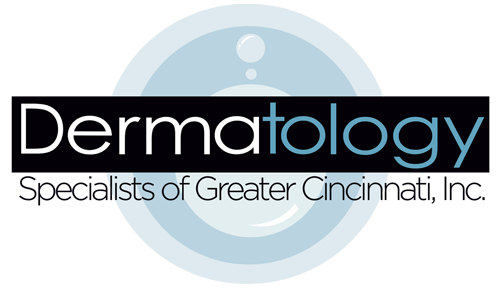Actinic Keratoses: Skin Precancers and Available Treatment Options
Tiffany Pickup, MD - January 2025
Actinic keratosis is a rough, scaly patch or bump on the skin. It’s also known as a solar keratosis. Actinic keratoses are very common and can affect any body area; many people have them. They are caused by ultraviolet (UV) damage to the skin. Given the cumulative UV exposure, these lesions can start in your 20s and become much more common as you age. If left untreated, these lesions can turn into squamous cell skin cancer. Because of this, the lesions are often called precancers. These lesions would then require a biopsy and possible interventions such as surgery or non-surgical intervention such as superficial radiation (IG-SRT). They are not life-threatening. But if they are found and treated early, they do not have the chance to develop into skin cancer.
What are the symptoms of Actinic Keratoses?
Precancers can have different appearances but are often pink, scaly, or texturally rough lesions that may improve with lotions and then chronically reappear. In some patients, they can appear brown or pigmented. Some individuals have a few, while others grow many that are ill-defined on areas such as the forehead, temples, cheeks, ears, chest, and tops of the hands. Some may become itchy, tender, or have focal bleeding if rubbed with a towel or if the scale is picked off.
There are several options to treat precancers depending on the number of lesions. There are also ways to “prophylactically treat” precancers by removing them before they are at the surface or able to develop into skin cancer.
Ways of treating:
Cryotherapy:
This involves freezing the lesion with liquid nitrogen, which is effective for small precancerous spots. After freezing, lesions often appear pink and crusted and sometimes develop a blister. Healing can take anywhere from one week to two weeks.
Topical medications:
Several creams are available to treat precancers and larger surface areas, with 5-FU cream being widely used to apply directly to the affected area. Many of these creams are chemotherapy creams that are most commonly used twice daily for 2-3 weeks on the affected areas. Side effects include redness, scaling, crusting, tenderness, and spot bleeding, which will take another 2-3 weeks to heal after the treatment has been completed.
Chemical peels such as Jessner’s with TCA 20-35% (medium-depth peel) have been well-documented to improve precancerous lesions, especially when applied to the entire surface, such as the face and scalp. This peel can drastically decrease the number of precancers and the occurrence of new precancers. It is also known to help decrease the development of non-melanoma skin cancers. There is often a week or so of downtime with these peels. There are additional cosmetic benefits to these peels.
Laser Surgery:
FRAXEL laser is a resurfacing laser shown and published to treat precancers. FRAXEL can also decrease the development of basal cell and squamous cell skin cancers by 50%. This is a fantastic option for all areas affected on the body (face, scalp, neck, chest, hands, arms, shins). There is often just a week of downtime associated with this procedure. There are additional cosmetic benefits to FRAXEL.
Our board-certified team at Dermatology Specialists of Greater Cincinnati understands that being diagnosed with PRECANCERS or ACTINIC KERATOSES can be frightening and is often a chronic condition. We are experts at recommending what you can do to treat these precancers and try to prevent new ones from developing!

